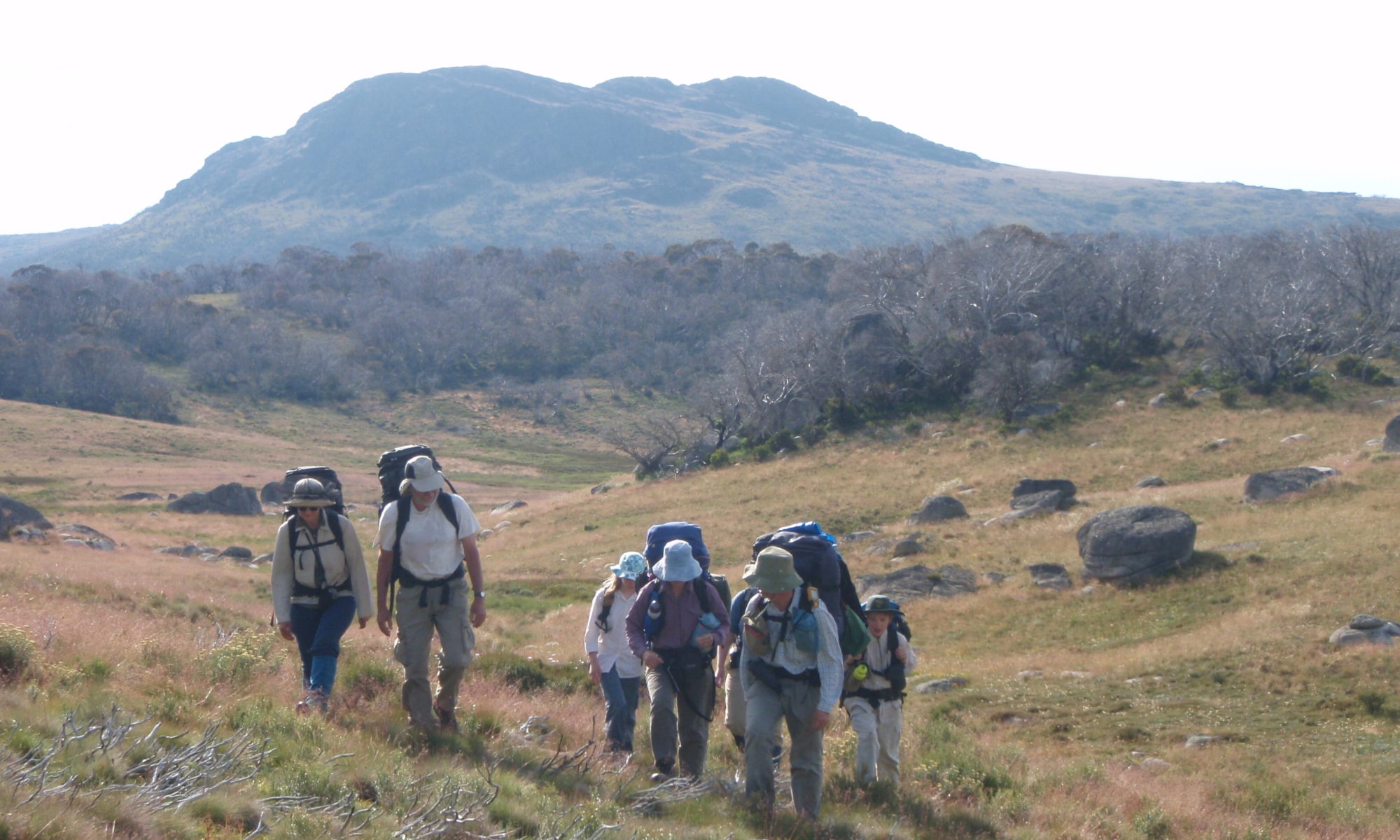Reading Time: 4 minutes
People, progress and conditions should be monitored and managed to ensure the trip is enjoyable and safe.
Monitoring trip progress
Carefully monitoring the group’s progress is important to ensure a safe and enjoyable experience for all group members.
Monitoring progress can also provide leaders with early warning of problems, which enables timely action to address any issues.
Monitoring includes observation and good communication with all group members.
The key aspects of the group’s progress that should be monitored are:
- People – each individual’s physical and emotional wellbeing
- Morale and enthusiasm – within the group
- Terrain encountered and expected
- Weather encountered and expected
Circumstances may arise that require the trip to be modified. For example:
- Tracks overgrown or blocked by fallen trees or branches caused by storms or heavy snowfalls.
- Uncrossable river due to a thunderstorm upstream.
- Injury or illness.
- Some group members struggling and not enjoying the trip.
- Unseasonal snowfall reduces progress.
- Track can’t be located necessitating off track walking.
- Skiing limited due to marginal snow conditions requiring more walking.
Circumstances such as these require consideration of the impact on the group. Trip plans may need to be modified to suit the new circumstances.
Monitoring the group
Leaders need to be in contact with all group members to effectively monitor circumstances and conditions . This cannot be done if the group is too spread out, or if the leaders are at the front when the difficulties are at the back where group members who are not coping often end up.
It is generally best is for leaders to rotate through the group over the course of the day.
However, there are times when leaders need to be at the front of the group. When this is necessary leaders need to ensure that group members further back are encouraged and supported. An experienced “ whip” at the rear of the group is important in this situation.
The trip leader should converse with group members regularly, especially those with less experience. This should be done more frequently in bad weather or other challenging circumstances.
Leaders and more experienced members need to be observant. Some group members who are struggling either physically or emotionally may be hesitant to speak up, particularly early on, which is when action is best taken to prevent relatively minor problems becoming major ones.
Effective communications
Effective communication by the leader and within the group are critical factors in the enjoyment and safety of a trip. The practical application of good communication is a very important aspect of group management during a trip.
Effective group communication includes:
- Listening and taking time to listen carefully
- Being clear and concise
- Using a friendly tone
- Providing reflection and empathy
- Respecting group members and their ideas
- Considering non-verbal communication such as eye contact and body language
- Giving and receiving feedback (including praise)
- Asking clarifying questions
Listening and observing
People on a trip should maintain awareness of how other group members are travelling by listening and observing.
Trip leaders should be advised of any issues to enable them to resolve potential problems and difficulties.
During the day
Good leaders change their position within the group during the day, providing the opportunity to converse with each member and observe how they are going. Newcomers and beginners need extra attention. The leader will then pick up early issues such as fatigue or equipment problems etc.
Trip leaders should circulate and chat with group members during stops and deal with any issues.
Monitoring weather and terrain
Weather and terrain conditions can impact on progress, morale and well-being of a group. Progress in difficult conditions (e.g. overgrown track, rain, cold, heat, wind or snowfall) can be one quarter or less of that of the same group in good conditions.
Leaders should monitor weather and forecasts to ensure appropriate actions are taken in response to prevailing and expected conditions. Well chosen rest stops and campsites can make a big difference to group member comfort and morale.
If the weather is deteriorating, consider an earlier start and moving more quickly than planned.
Conversely, if the weather is improving consider a later start or a ‘rest morning’.
See Understanding the weather for more information.
Changing the trip
Circumstances can change during a trip.
A leader can make well-informed and considered decisions to modify the trip plans for the ongoing enjoyment and safety of the group in response to issues highlighted by monitoring individuals, group progress, terrain and weather.
The weather may change, the terrain may be tougher than expected or the group may not handle the conditions as well as anticipated. Some group members may be struggling, or someone is injured.
Options may include:
- Seeking alternative, more sheltered routes, campsites and rest stops
- Shortening the trip
- Turning back or using an escape route
- Relocating off-track sections to tracks
- Splitting the group
- Arranging to evacuate an injured member
If the group has to divide or a group member pulls out, it is important to ensure that there is clarity about who needs to have shared or critical items such as tents, stoves and car keys.
In the event of faster progress or good run of weather options may include:
- a side trip to an adjacent feature of interest such as peak, ridge, waterfall
- an off-track alternative to a track section
- a ridge route rather than a lower valley or intermediate height route.
Flexibility to modify plans in response to changing circumstances is very important.

